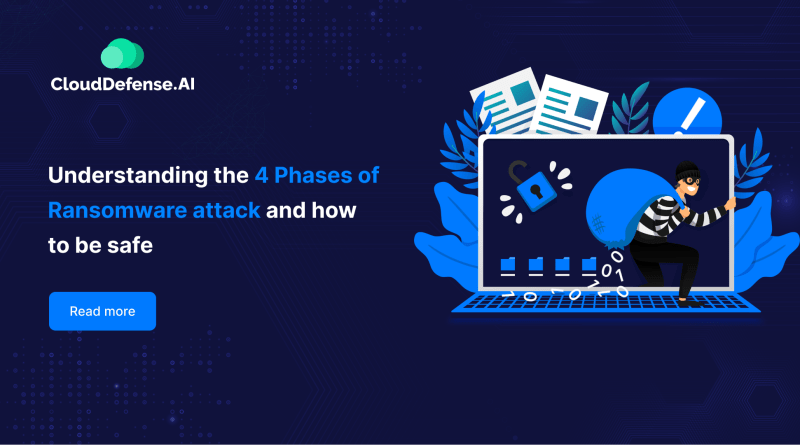In recent years, ransomware has emerged as a pervasive and constantly evolving cyber threat, with attackers exploiting vulnerabilities in data and critical infrastructure to demand monetary ransoms. This article provides a structured overview of the phases of a ransomware attack and offers practical mitigations to protect your organization against this menace.
Phase 1: Initial Compromise
The first stage of a ransomware attack involves unauthorized access to the victim's environment. Attackers employ various methods, including phishing, pirated software, brute force attacks, exploiting vulnerabilities, and credential theft. To defend against this phase:
- Regularly update software and address vulnerabilities promptly.
- Implement multi-factor authentication and bolster password security.
- Embrace the Zero Trust model for user and device validation.
- Provide comprehensive training to employees to recognize phishing attempts.
- Utilize threat intelligence to proactively detect threats and malicious actors.
Phase 2: Escalation
In the escalation phase, attackers solidify their position by elevating privileges and moving within the victim's environment. Their goal is to gain control over more systems and expand their reach. Mitigations include:
- Enhance session security for administration portals.
- Restrict account access to sensitive data with privileged access management.
- Continuously monitor resources for abnormal activity.
- Deploy state-of-the-art tools to detect known threats.
- Implement automation to isolate compromised resources.
Phase 3: Exfiltration
During this phase, attackers steal victim data or restrict access to critical systems, preparing for the ransom demand. To defend against data loss and unauthorized access:
- Regularly perform thorough data backups.
- Leverage cloud storage with robust versioning capabilities.
- Review and manage user permissions to sensitive data.
- Minimize broad read/write permissions for critical data.
- Implement controlled folder access to protect designated folders.
Phase 4: Ransom
In the final phase, attackers contact the victim, make ransom demands, and take action accordingly. Payments are typically requested in cryptocurrency to hinder tracking. Key mitigations for this phase include:
- Maintain a comprehensive disaster backup and recovery plan to protect backups.
- Understand that paying the ransom does not guarantee data return or decryption.
- On average, organizations that paid the ransom only recovered 65% of their data, with 29% receiving less than half.
- Conduct thorough cleanup and removal of attacker persistence to prevent future attacks.
In conclusion, ransomware is a pervasive and evolving threat that organizations must be prepared to defend against. By understanding the phases of a ransomware attack and implementing the recommended mitigations, you can significantly reduce the risk of falling victim to this cyber menace. Remember, prevention and preparedness are your best allies in the fight against ransomware. Let's work together to safeguard our digital assets and protect our organizations from these malicious actors.



















